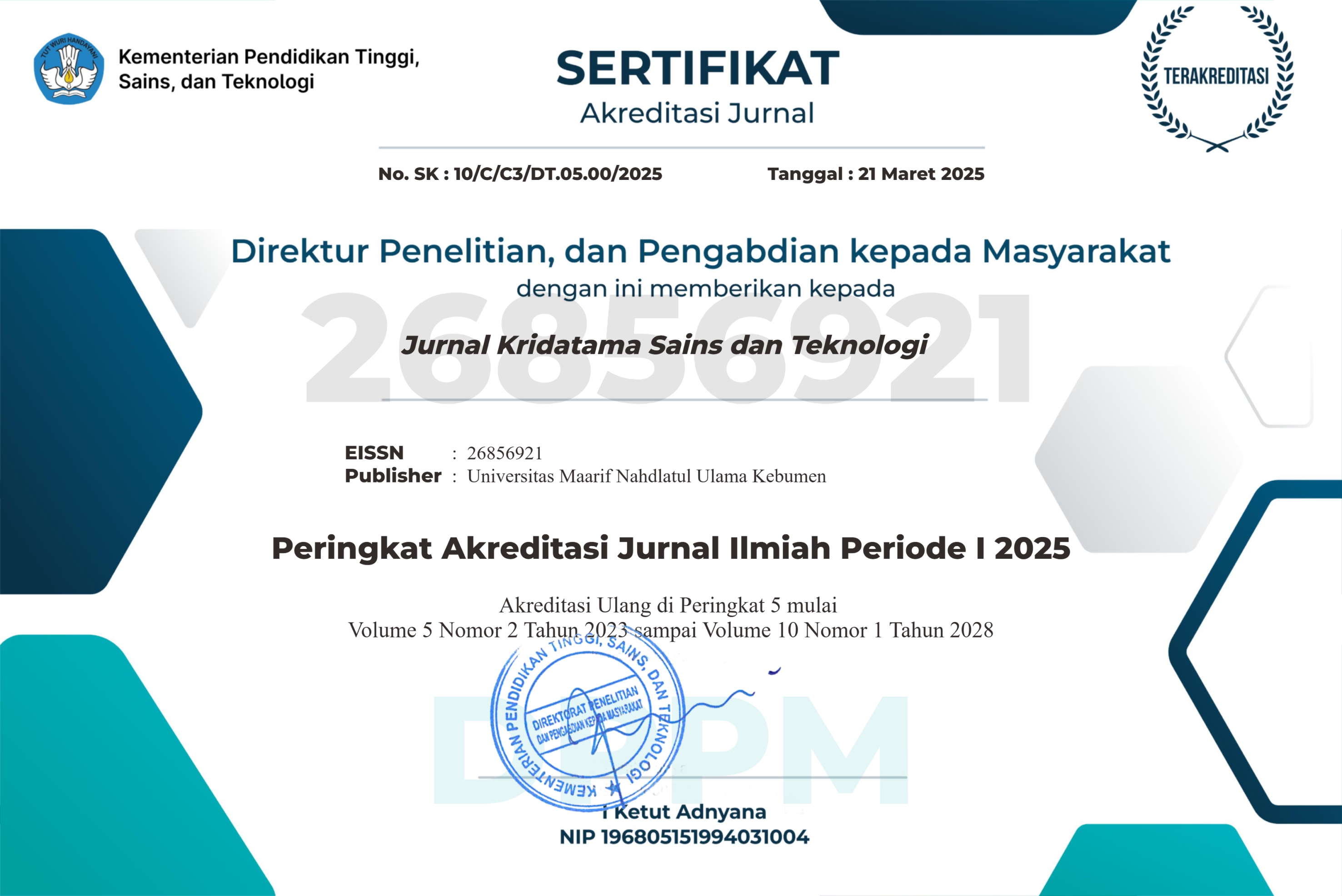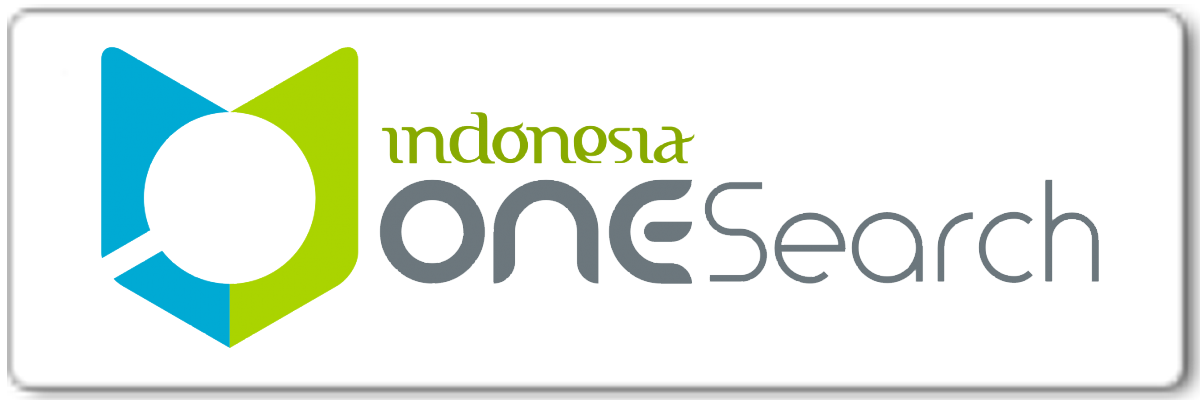Analisis Pemahaman Mahasiswa Informatika dalam Menyelesaikan Rute Terpendek Menggunakan Algoritma Dijkstra dengan Graf Berbobot
DOI:
https://doi.org/10.53863/kst.v7i01.1678Keywords:
Algoritma Dijkstra, Pemahaman Siswa, Struktur grafik, Visualisasi Algoritma, Pendekatan KualitatifAbstract
The Dijkstra algorithm is one of the shortest path search methods that is widely applied in various fields of computer science, such as digital navigation systems, logistics planning, and computer network optimization. In the context of informatics education, these algorithms are taught to reinforce programming logic and understanding of the structure of weighted graphs. However, the implementation of learning in higher education still faces various challenges, especially the understanding of informatic education students in solving the shortest path problems using the Dijkstra algorithm, as well as developing a learning approach based on case studies ans simulation. The method used is aused is a deskriptive qualitative approcah with data collection techniques in the form of learning obsevations, analysis of student assignment documents, and open questionnaires. The results showed that most students understood the process of initialization and tracing the minimum weight, but encountered difficulties in selecting the next node and tracking the shortest path. Case studies of weighted graphs and manual visualizations have been shown to help students understand and help students understand algorithmic processes more thoroughly. These findings show that real-life case-based learning models and manual simulations are able to improve students’ analytical skills and understanding of the working mechanisms of the Dijkstra algorithm.
References
Fitriani, N., & Sembiring, D. (2022). Penggunaan visualisasi interaktif untuk meningkatkan pemahaman siswa tentang algoritma grafik. Jurnal Pendidikan Teknologi, 4(1), 15–24.
Han, J., & Kamber, M. (2006). Penambangan data: Konsep dan teknik (Edisi ke-2). Morgan Kaufmann.
Hartono, E., & Susanto, A. (2022). Algoritma pembelajaran dan struktur data dalam pendidikan informatika. Yogyakarta: Penerbit Andi.
Hartono, & Susanto, S. (2022). Analisis implementasi algoritma Dijkstra dalam sistem navigasi digital. Jurnal Teknologi Informasi, 10(1), 23–30.
Kusuma, I., & Lestari, F. (2022). Studi kasus penerapan algoritma grafik dalam pemrograman. Jurnal Ilmu Komputasi, 6(1), 55–64.
Pratama, R., & Hidayat, A. (2021). Hambatan umum dalam proses penerapan algoritma pencarian rute. Jurnal Algoritma dan Sistem Informasi, 9(2), 70–78.
Putra, D. P., & Wibowo, H. (2023). Simulasi interaktif algoritma Dijkstra berdasarkan visualisasi grafik. Jurnal Teknologi Pembelajaran, 11(1), 12–20.
Rahman, F., & Yulianto, S. (2021). Strategi pembelajaran algoritmik berbasis visualisasi untuk meningkatkan pemahaman siswa. Jurnal Pendidikan Informatika, 5(1), 45–53.
Rusli, M., & Akbar, S. (2020). Pengaruh media visual dalam pembelajaran struktur data. Jurnal Teknologi Pendidikan, 9(2), 88–94.
Sugiyono. (2019). Metode penelitian kualitatif, kuantitatif, dan R&D (Edisi ke-3). Bandung: Alfabeta.
Widodo, B., & Prasetya, D. (2023). Penerapan algoritma Dijkstra dalam pengembangan sistem navigasi. Jurnal Teknologi Informasi dan Komunikasi, 8(2), 110–118.
Wulandari, D., & Sari, L. (2023). Inovasi pembelajaran berbasis grafik untuk pemahaman algoritma. Jurnal Inovasi Pendidikan, 5(3), 33–41.
Downloads
Published
How to Cite
Issue
Section
License
Copyright (c) 2025 Fridolin Jaiman, Diana Yanni Ariswati Fallo, Floriana Letni Banung

This work is licensed under a Creative Commons Attribution-ShareAlike 4.0 International License.
Authors retain copyright and grant the journal right of first publication with the work simultaneously licensed under a Creative Commons Attribution-ShareAlike 4.0 International License that allows others to share the work with an acknowledgment of the work’s authorship and initial publication in this journal

















